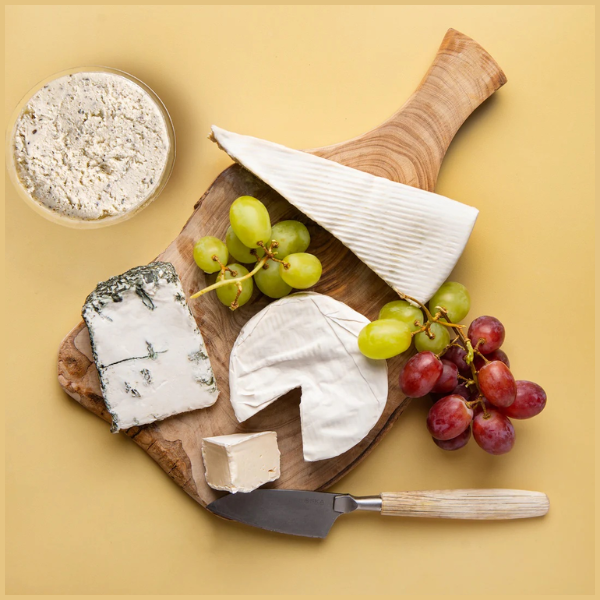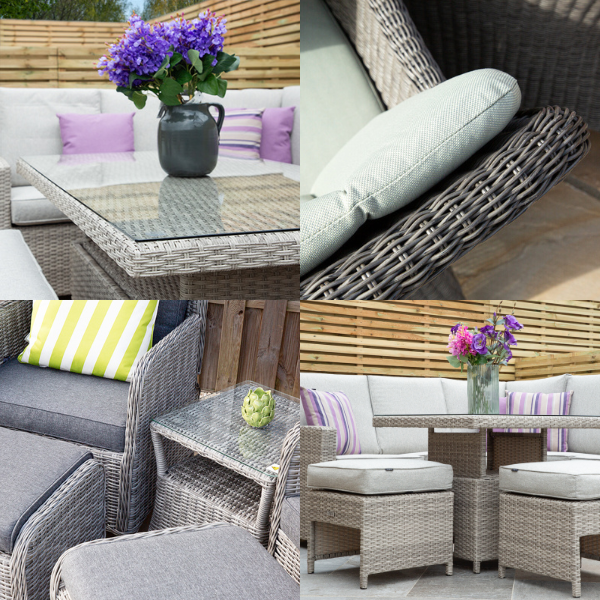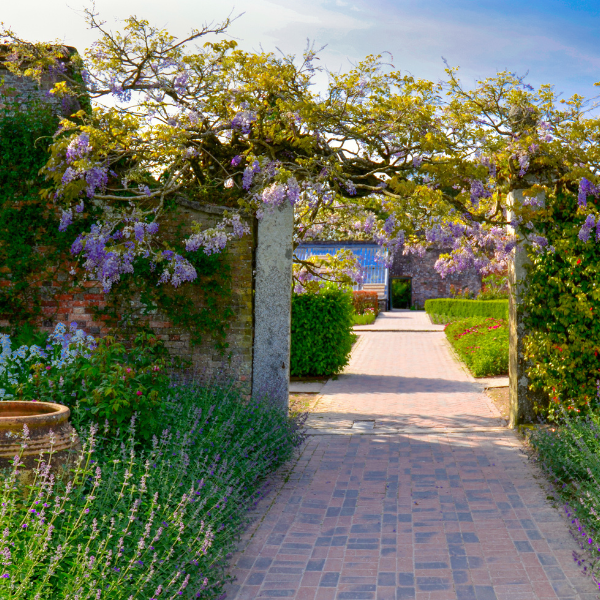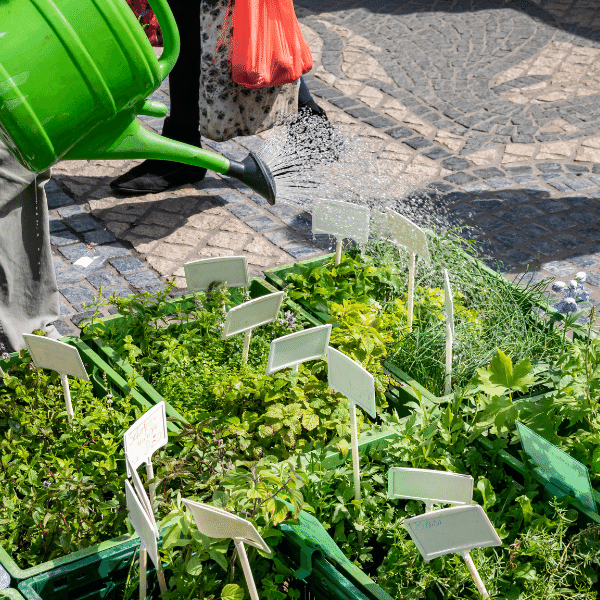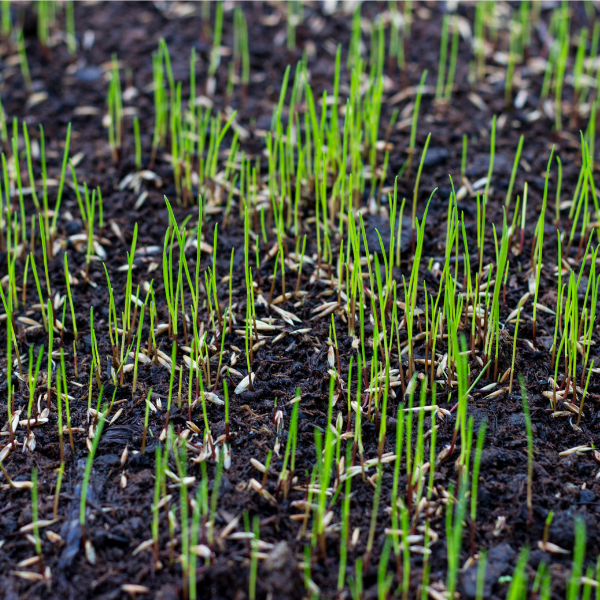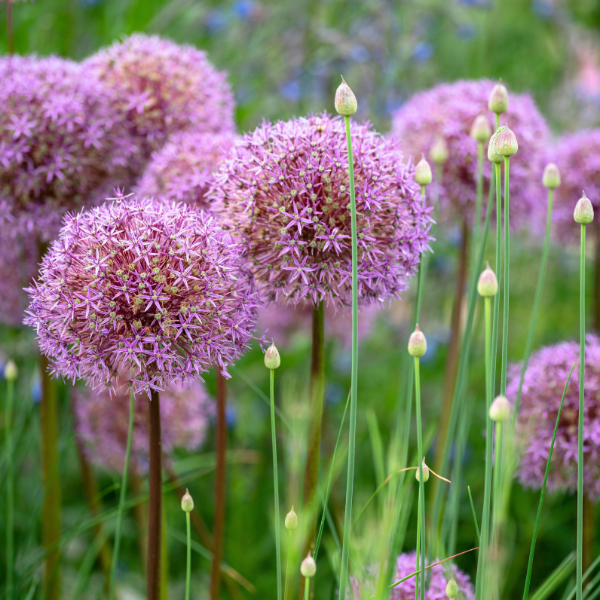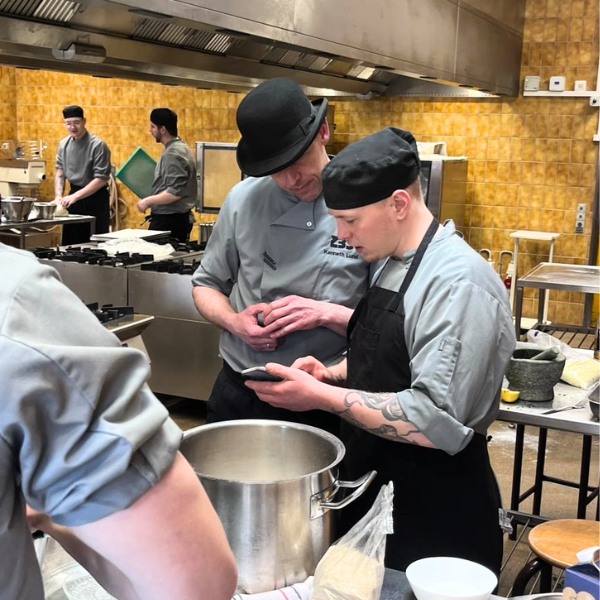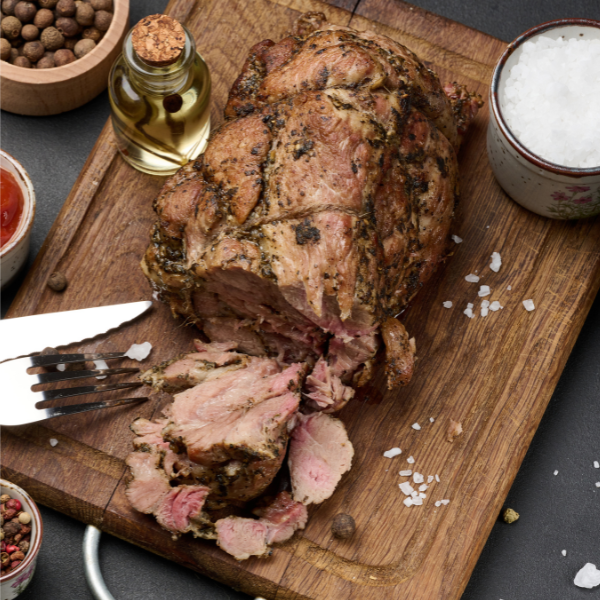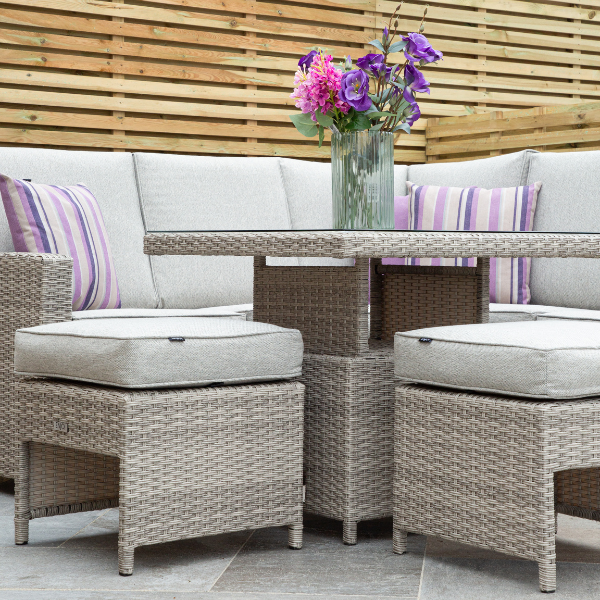Gardening In July
The peak of Summer
July brings long, warm days that last late into the evening. It is the ideal time of year to potter about in the garden after work and for entertaining guests, either hosting a barbeque or having a garden party. It is the best time to soak up the colour and beauty of your beds and borders as they reach their peak. There are still so many flowers and vegetables that can be sowed during the month of July, later on in this post we will tell you which ones you need to add to your list.
Although July is one of the peak summer months, the weather can still be unreliable. Make sure climbers and tall plants are well supported in case of harsh rain and winds. If rain is limited, still continue to water your plants and grass in the evening, to reduce evaporation and to retain moisture. It is also a good idea to keep on deadheading plants, it’s the perfect month to encourage new blooms for as long as possible.
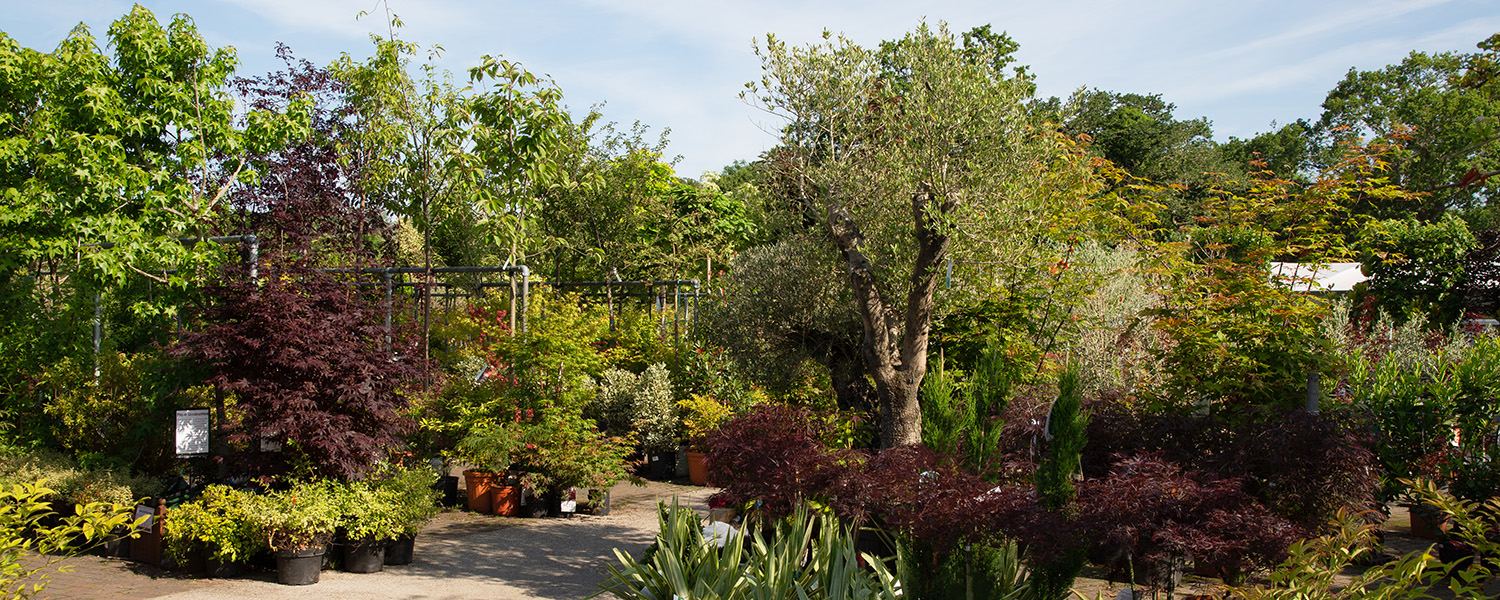
Care for houseplants whilst you are away
Most houseplants can go a few days without care and without suffering, but absence for more than a week will need careful and creative planning to provide moisture at the right time and quantity whilst their parent is away.
Wick Method – This method is useful for large single pot plants. Find a large container to hold water in and a piece of capillary matting as a wick. Insert one end of the wick into the water and one into the plant. The plant will continually draw water from the container through the wick, as and when it needs.
Self-watering Containers – These containers have built-in reservoirs systems. You can buy these online or from your local garden centre. They are best suited to plants that need moisture all year round and for plants that do not mind being grown in permanently moist conditions.
If you plan on going away for longer than 10 days, we would recommend asking a neighbour or family member to care for them whilst you are away, likewise with the garden too!
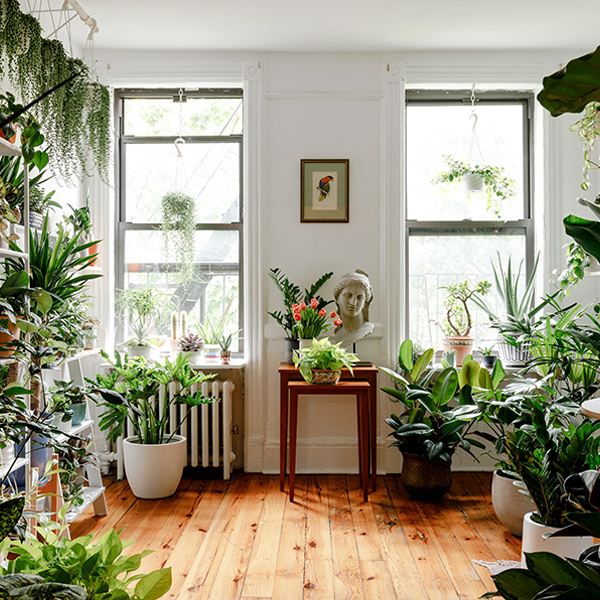
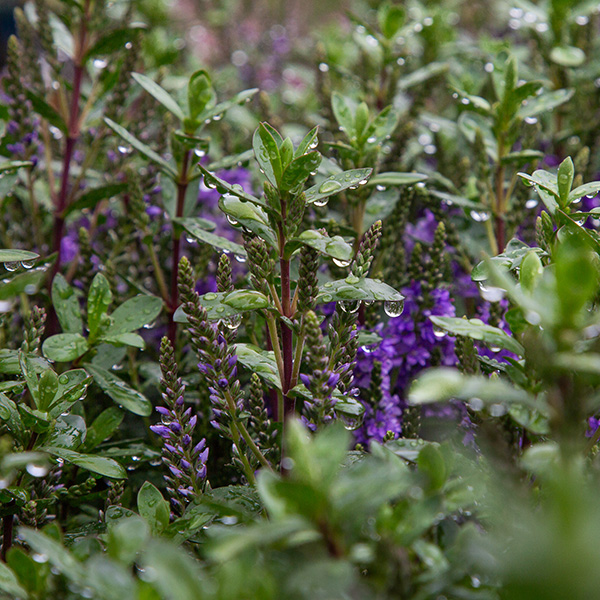
Container Maintenance
Plants in containers need attention all year, but summer is the most critical period as they can soon run short of water and nutrients.
Watering is one of the most important jobs when growing plants in containers or pots. They have restricted root area which means that relying on us to provide the water is needed. You have to be careful they are not either over or under watered, and there are some steps you can take to avoid both of these outcomes.
Checking for moisture should be done daily, sometimes even twice a day if it’s hot out. If it has rained it is still worth checking that the soil is moist below the surface. Most plants will be fine if you allow them to dry out a little between waterings, in fact it might mean they will adapt to lesser water if less is available to them.
Keeping on top of feeding them is vital. Container plants use up the nutrients in their compost so much faster than those in the ground. The frequency of feeding and type of fertiliser varies with the plant and the season. If you want to keep your plants growing well all year round make sure you are feeding them right.
Monthly gardening checklist
Flowers
Dahlias – Give them a frequent liquid feed. Keep them well watered and the tie the shoots of tall varieties so they are sturdier as they grow.
Lavender – Start cutting lavender before it dries out. Choose newly opened flowers for the best fragrance, then hang in a cool, dark place so they don’t dry out.
Garden borders – Hoe these frequently so that new weeds don’t have time to set seed.
Sweet peas – Water and feed these regularly, pick the flowers every few days, and remove seed pods to prolong flowering.
After summer perennials such as delphiniums have flowered for the first time, cut them back to allow them to flower again.
Roses – Feed and deadhead to keep them flowering strongly throughout.
Fruit and Veg
Runner beans – need to be checked regularly for aphids. Rub and wash these off straight away before they multiply.
Celery, beans, peas, courgettes and tomatoes need to be watered regularly as they are very thirsty plants.
Apples, pears and plums will need to be thinned out. It is very common for them to be malformed, damaged or undersized.
Plums – these need to be pruned in dry weather, when silver leaf fungal disease is less prevalent.
Fruit trees and bushes – lay a thick layer of garden compost around their base to hold moisture.
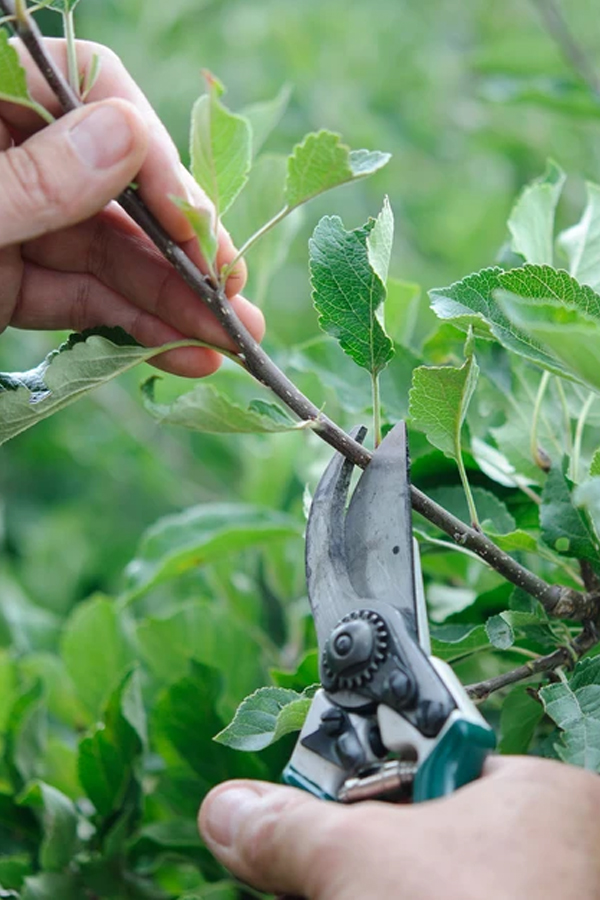
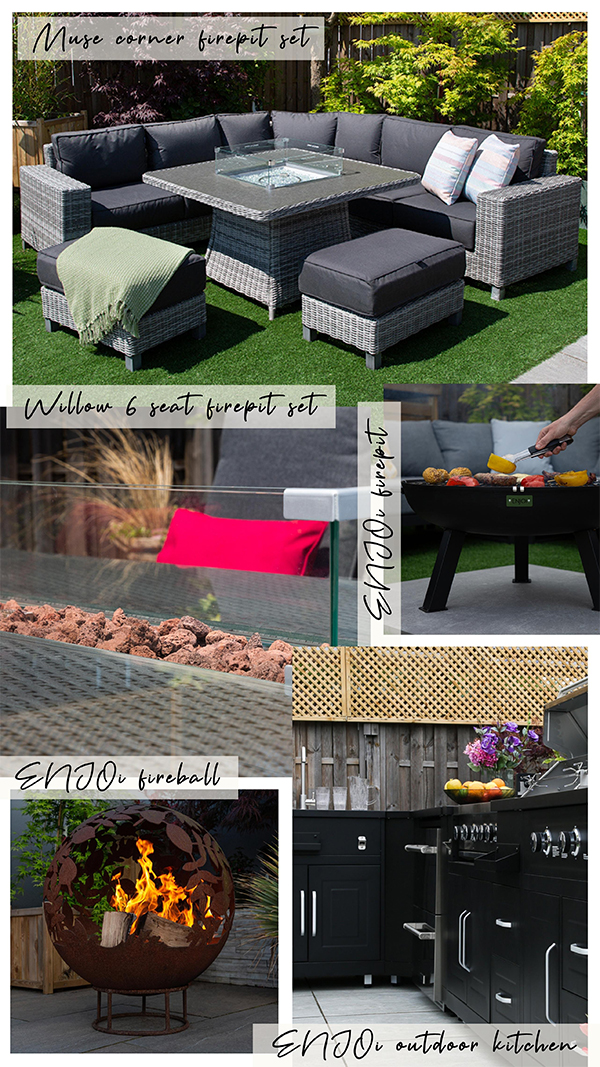
The month for Alfresco Dining
-
Create an indoor-outdoor living space
There are lots of ways to go about this, which makes it a super easy first step. Having your outdoor living furniture directly outside the back doors will bring the outdoors in and make the space feel a lot more connected. Another way of doing this is to purchase a pergola or canopy and have that covering your outdoor seating area, this will give it a much relaxed and homely feel, whether it’s at the back of the garden or attached to the house.
-
Use outdoor lighting
Creating a warm and characterful atmosphere over and around the focal point of the table will make the dining area cosier and brighter as the evening darkens. Garlands or fairy lights, bulbs or lanterns hung from trees or around pergolas are a really pretty choice. Even adding a water feature with integral light, is a soothing and relaxing vibe, providing both light and background noise.
-
Stay warm with table top heating
Whether you are drinking, eating, relaxing or entertaining, it’s always easy to lose track of time, sometimes forgetting dusk has begun and the temperature has dropped. Providing warmth from a built-in table-top fire, or from a backyard firepit, will enable you to keep both you and your guests shiver free throughout the evening. Below we have provided you with our top picks this summer.

 2,768 REVIEWS
2,768 REVIEWS